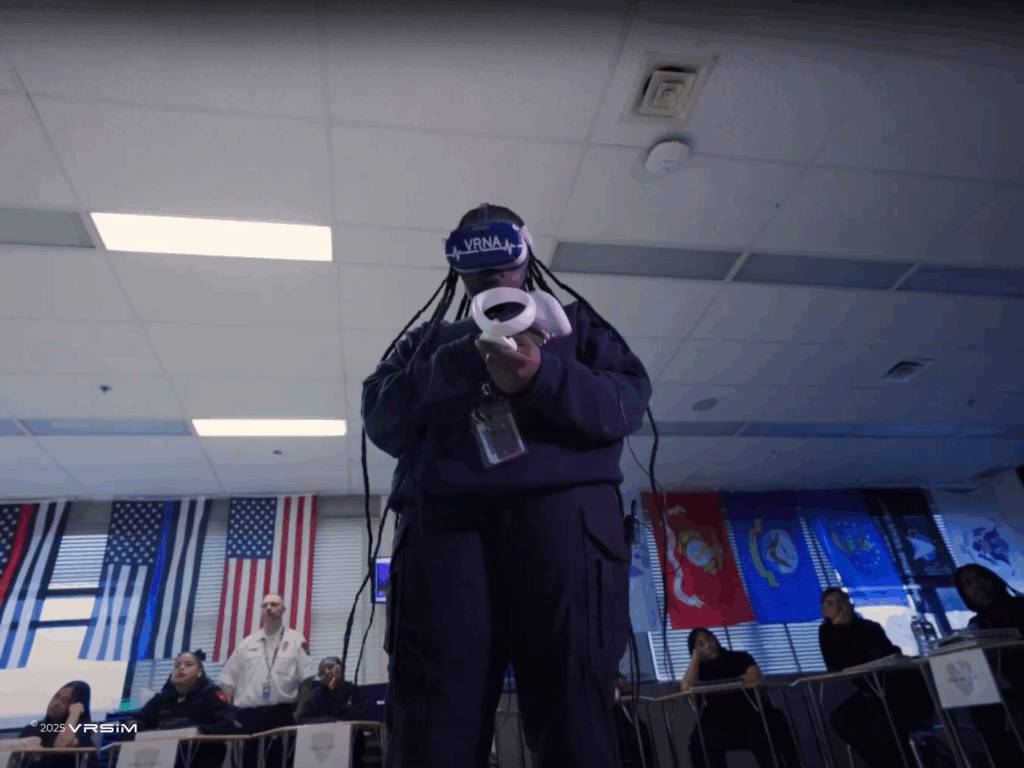
Blog
Transforming EMS Education Through Immersive Technology: A Case for Virtual Reality Integration
Latest News
December 10, 2025
September 10, 2025
Latest News
January 14, 2025
- VRSim Donates to Local Fire Departments to Show Appreciation
November 26, 2024
- Students at Saint Paul College Master Spray Finishing with SimSpray
By: Christopher DeRosa and Matthew Wallace | Article originally published in JEMS: Journal of Emergency Medical Services

The landscape of emergency medical services (EMS) education is evolving. With growing expectations for entry-level competence and an ongoing shortage of EMS providers nationwide, educators are reevaluating how students acquire not just cognitive knowledge but also scene-ready, hands-on clinical competence. Immersive technologies, such as virtual reality (VR), are playing a meaningful role in this transformation.
It is time we reflect on how immersive tools are being used in real classrooms and how they are shaping skills development, engagement and preparedness for tomorrow’s EMS professionals.
